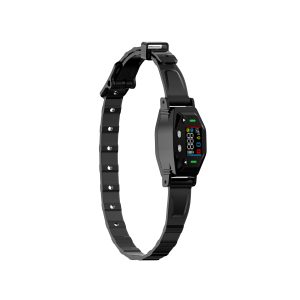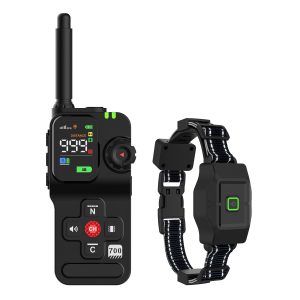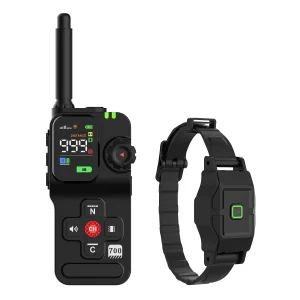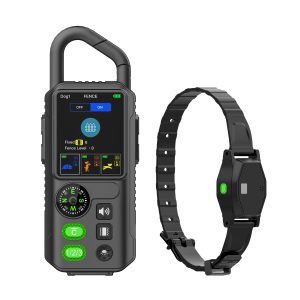No Bark Shock Vibration Remote Dog Training Collar: An Overview
Dog training is crucial for a well-behaved pet. In recent years, remote training collars have gained popularity for their effectiveness. Among these, the no bark shock vibration remote dog training collar stands out as a powerful tool. Let’s delve into the features, benefits, and controversies surrounding this device.
Features of the No Bark Shock Vibration Remote Dog Training Collar
The no bark shock vibration remote dog training collar is equipped with various features to aid in training. It typically comes with adjustable levels of shock and vibration, allowing customization based on your dog’s sensitivity. Some models also include sound and light functions to reinforce training cues.
Benefits of Using a No Bark Shock Vibration Collar
One of the key advantages of this collar is its ability to provide immediate feedback to your dog. The combination of shock and vibration can interrupt unwanted behaviors, such as excessive barking, effectively redirecting your pet’s attention. With consistent training, the collar can aid in improving obedience and reducing nuisance barking.
Controversies Surrounding Shock Collars
Despite their effectiveness, shock collars have sparked debates within the dog training community. Critics argue that the use of aversive stimuli may cause distress or harm to dogs. It is essential to use this training tool responsibly, following manufacturer guidelines and seeking professional advice when needed.
Training Tips for Using a No Bark Shock Vibration Collar
When introducing the collar to your dog, start with the lowest intensity settings and observe their response. Use positive reinforcement techniques alongside the collar to encourage desired behaviors. Remember, consistency and patience are key to successful training.
Conclusion
No bark shock vibration remote dog training collars can be valuable tools when used correctly. Understanding your pet’s needs and behavior is essential in making training decisions. Always prioritize your dog’s well-being and consult with experts for guidance on training methods.




